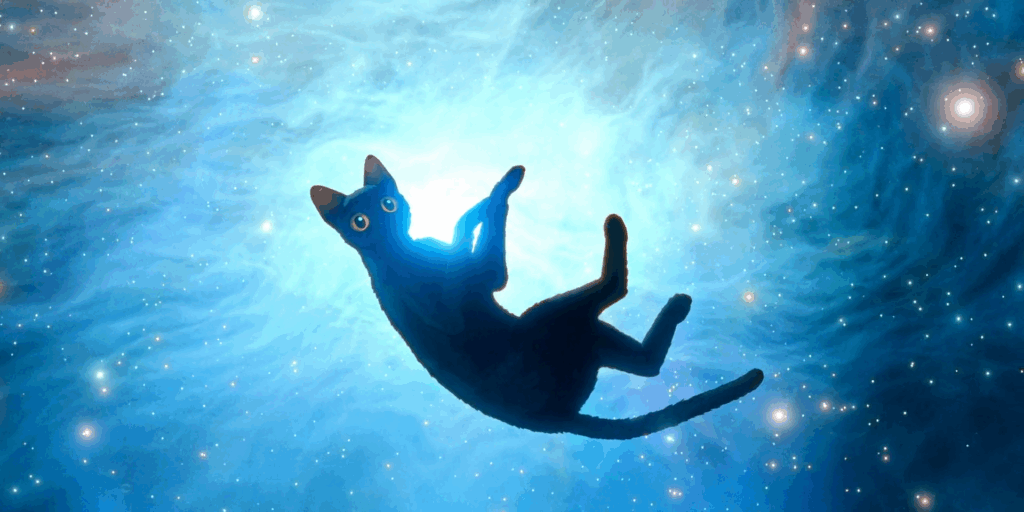Flow (2024)
The journey that one nameless black cat and its assorted companions set out on through flood waters makes for a minimalist narrative in Flow, yet within Gints Zilbalodis’ immersive, fluid animation, the organic cycles of this ever-changing ecosystem fall into soothing harmony.

